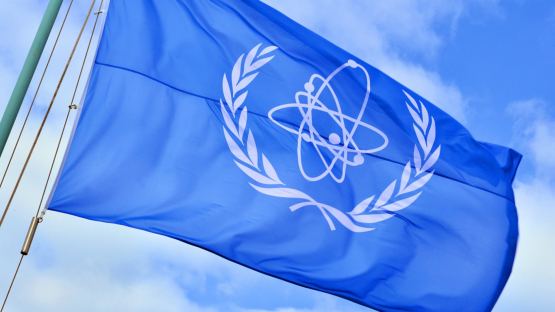Zaporizhzhia nuclear power plant’s six reactors have been shut down for more than six months, which means the fuel is not making enough heat to cause a radiological release that could affect the public. The cooling needs for the six shutdown reactors are relatively low, and can be supplied with existing on-site equipment.
While IAEA affirms there is no immediate nuclear safety risk at the plant, the breached dam increases the risk of damage to the plant’s equipment; jeopardizing its long-term operational status.
Ukraine’s Russian-occupied Zaporizhzhia nuclear power plant is currently supplied with electricity from the Ukrainian power grid. In the event of an extended loss of external power supply, the nuclear plant has 20 back-up diesel generators, with 10 to 15 days of fuel on site, to meet the typical needs of its reactors. The stockpiled diesel should last significantly longer now as the reactors are “cold” in nuclear terms and, thus, would consume the diesel at a significantly slower pace.
Zaporizhzhia nuclear power plant already stores large amounts of water on-site from its various safety system pools, including cooling ponds that are kept above the height of the reservoir. Even if the water drops in the breached reservoir to pre-dammed levels for the Dnipro River, the nuclear plant has mobile pumping units that can be used to access water from alternative sources. The plant also has special floating water intakes which allow the facility to draw water when the reservoir is at low levels.
The IAEA said plant staff is making all efforts to pump as much water into the cooling channels and related systems as possible.
In addition, non-essential consumption of water is being halted at the nuclear plant to conserve water. Plant operators are discussing further measures to be implemented.
The American Nuclear Society commends our colleagues at the Zaporizhzhia nuclear power plant for their continued bravery and commitment in keeping the plant safe and operational under extraordinarily difficult circumstances.








